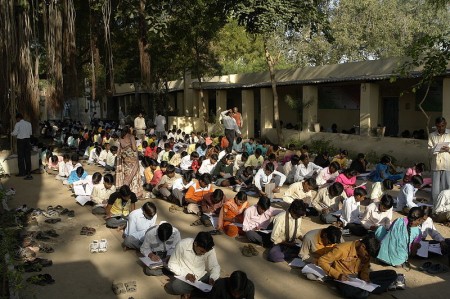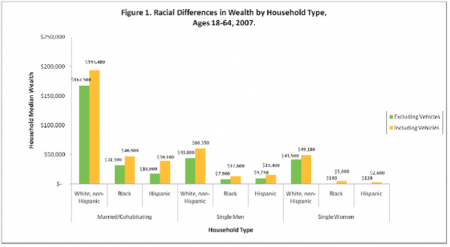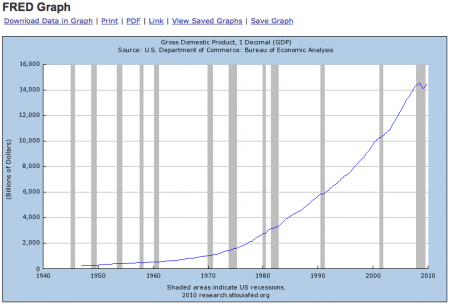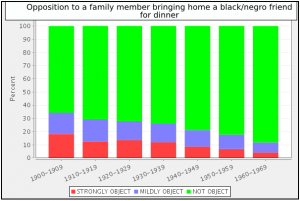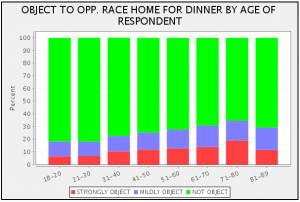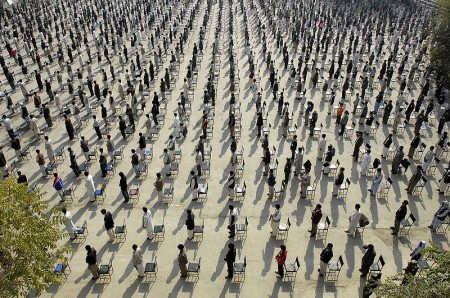
In the middle school our students have to take tests. While it’s not quite as bad as the Afghan college entrance exam, there’s the annual standardized test, and then there are the cycle tests every six weeks. Even with the cycle tests, some students have test anxiety. They see a math test with almost identical questions to the ones they have been doing perfectly for weeks and they freeze. I asked Ms. P. to look into strategies for dealing with test anxiety, and as usual, she came up with an excellent list of links.
Her favorite, which I also like, is Penn State’s University Learning Center’s Test Taking and Test Anxiety website. They, however, appear to have gone missing, but Effective Study’s How To Overcome Test Anxiety seems a good alternative. TeensHealth’s page is also good and aimed at a younger audience, although there is not much difference in the level of the writing for a middle schooler. If you need a clear list of things to do before and during the test, Study Guides and Strategies has an excellent page.
These sites tend to recommend preparing well and using relaxation techniques, such as deep breathing, during the test.
Other resources:
- E. Scott’s About.com page
- C. Sorensen’s page at the Gallaudet University
- The University of Alabama’s Center for Teaching and Learning’s “What causes test anxiety and Dealing with test anxiety pages.”
- Virginia Tech’s Cook Counseling Center’s page.
